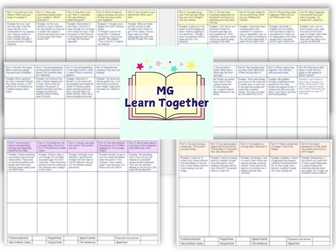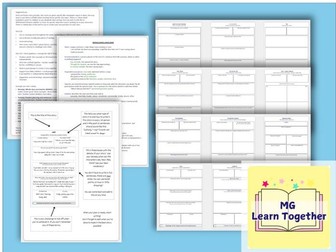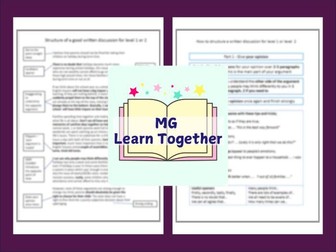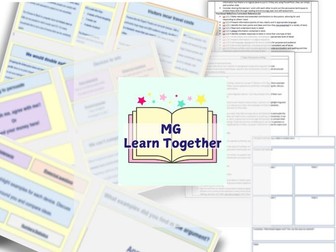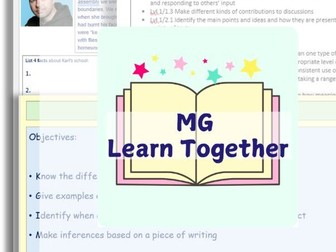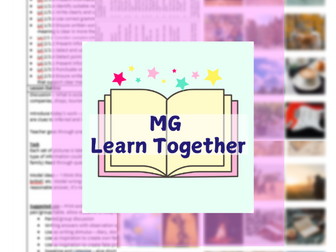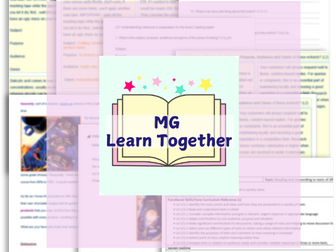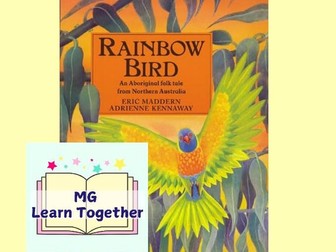KS2 creative writing morning work. Story in a week guided writing bundle. 6 weeks with objectives.
<p>6 weeks of guided story writing frames broken down scene by scene with examples. Children write 2 high-quality sentences per day to build up to a full story. There are writing ojectives for self assessment. Minimal help needed from the teacher, excellent as morning work or supplementary activities. Can also be used in lessons as a plan to form the basis of a full length piece of writing. KS2, year 3, 4, 5.</p>
<p>*<em>Example of activity:</em><br />
Part 1: You left the house. Where were you going? How were you travelling?<br />
Eaxmple: With a spring in my step, I bounded through the creaky old gate. I felt uplifted by the sunshine as I walked towards Amy’s house.</p>
<p>*<em>2nd Example of activity:</em><br />
Part 1: You went on a trip. Where? What was your mode of transport?<br />
Example: Excited, I got onto the huge train that would take me to the countryside for my camping trip. I was so excited to have a holiday with my scout friends, although I was worried about feeling homesick.</p>
<p><strong>Included:</strong><br />
*The activities are divided into 5 days.<br />
*Each day has a scene descriptor, instructions about what to write and an example as above.<br />
*There are 2 boxes for the children to write their 2 high quality sentences.<br />
*At the bottom of the page are 8 National Curriculum writing objectives from year 3-5.<br />
*Use the objectives by ticking them off, producing tally marks for each skill or using as ‘prove-its’; colour the box then use the same colour to underline where it was used.<br />
*2 of the stories cover 2 weeks (10 parts) and 2 stories cover 1 week each (5 parts) so there are 6 weeks worth altogether.<br />
*After 5 or 10 days, they will have written a full story.<br />
*Created using MS Powerpoint and fully editable.</p>
<p><strong>Suggested use</strong><br />
*Give as morning work and share examples each day.<br />
*Supplement lessons - those days when we suddenly have extra time that we weren’t expecting and need a low resource lesson that can get he children settled and working quickly.<br />
*Lessons - excellent for providing the children with a set structure to follow so that they can concentrate on word and sentence level skills.<br />
*Lessons - Can be completed in 1 lesson then used as a starting point for a longer piece of writing.<br />
*Writing assessment<br />
*Homework<br />
*Excellent for mixed year groups</p>
<p>Tips<br />
*Print onto A3 paper for younger children and/or those with large handwriting.<br />
*Encourage the children to write more than 2 sentences if they need to but stress that the sentences should be high quality and contain one of their year group skills.<br />
*Edit the success criteria at the bottom to suit your class/year group.</p>
